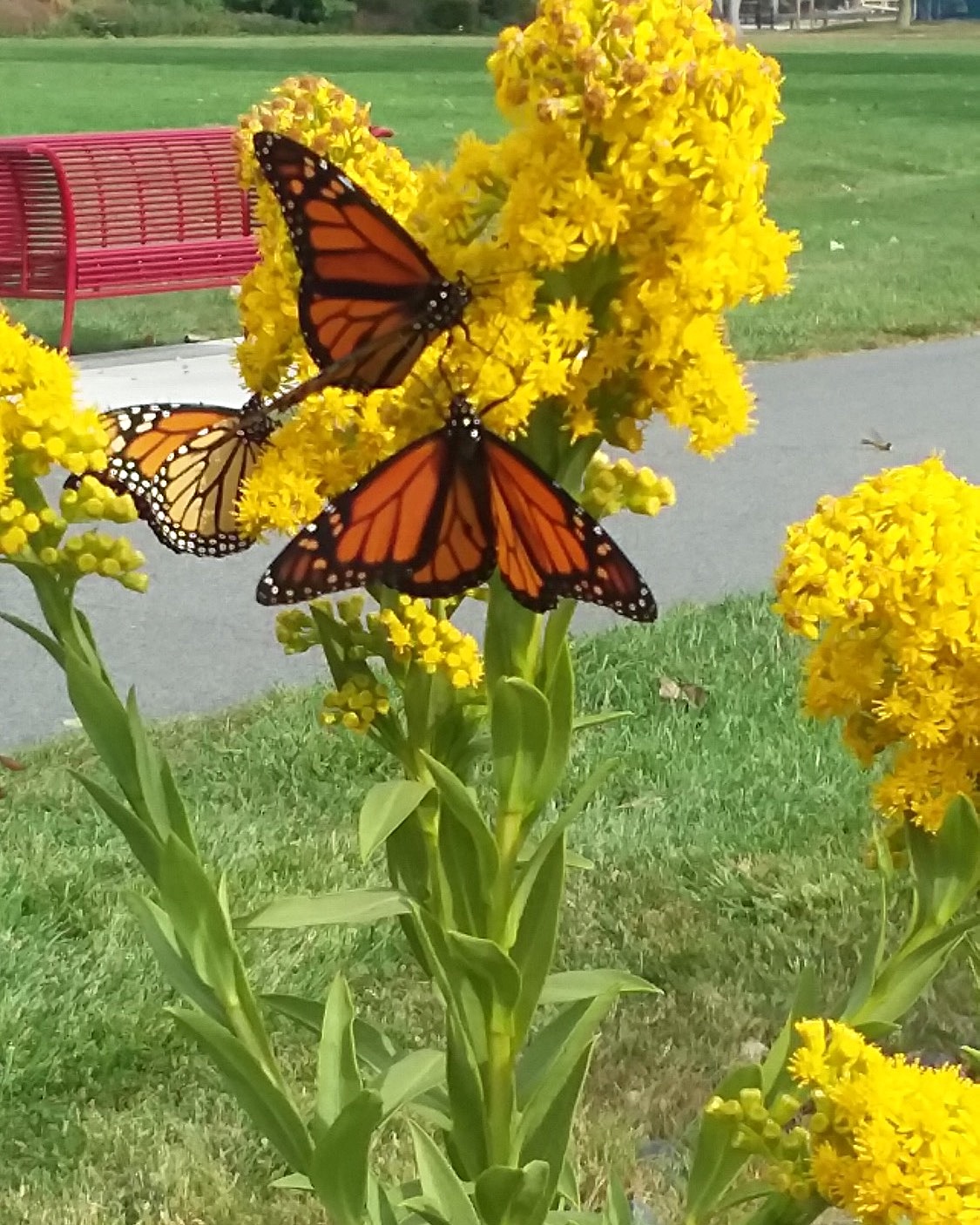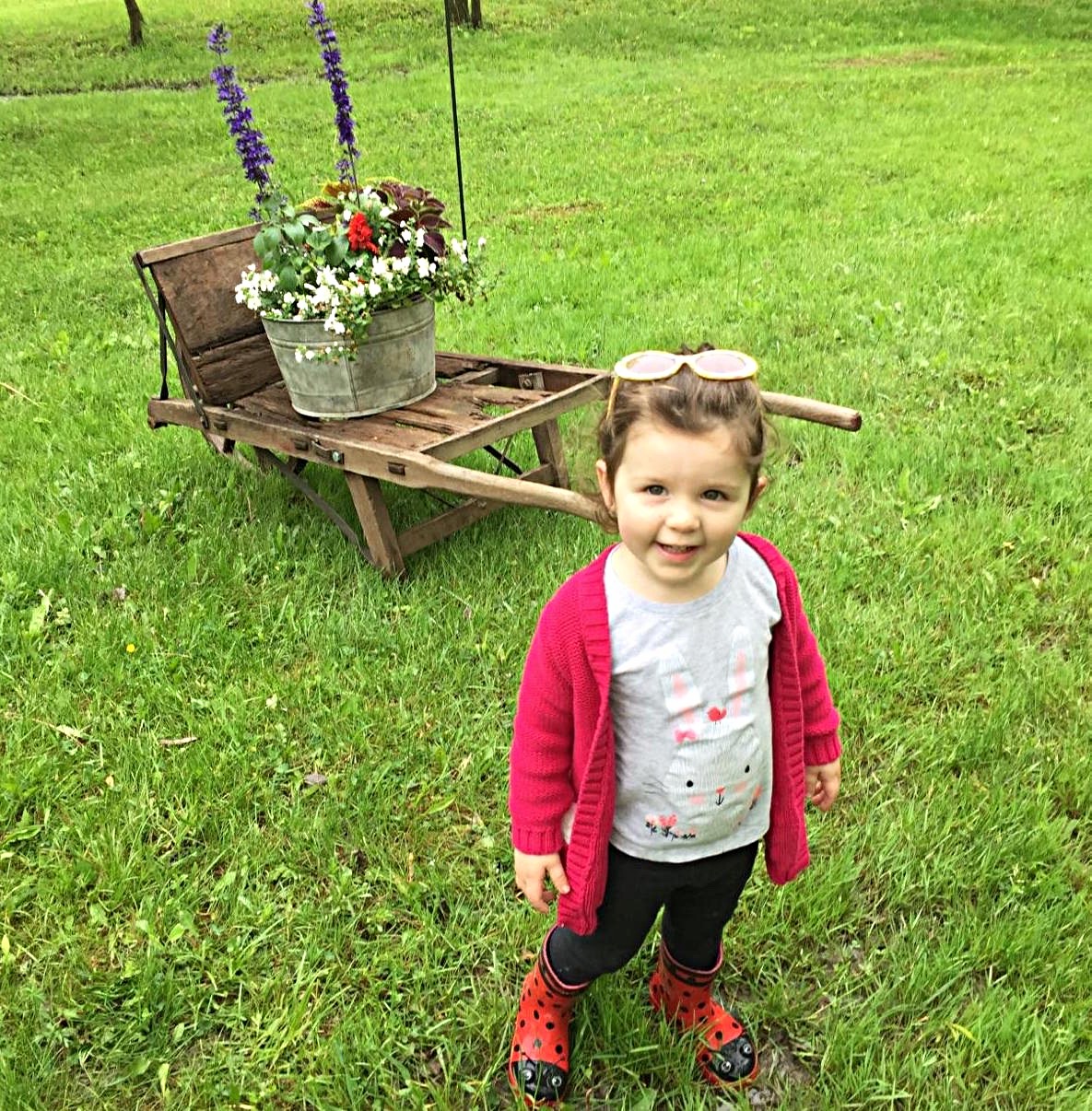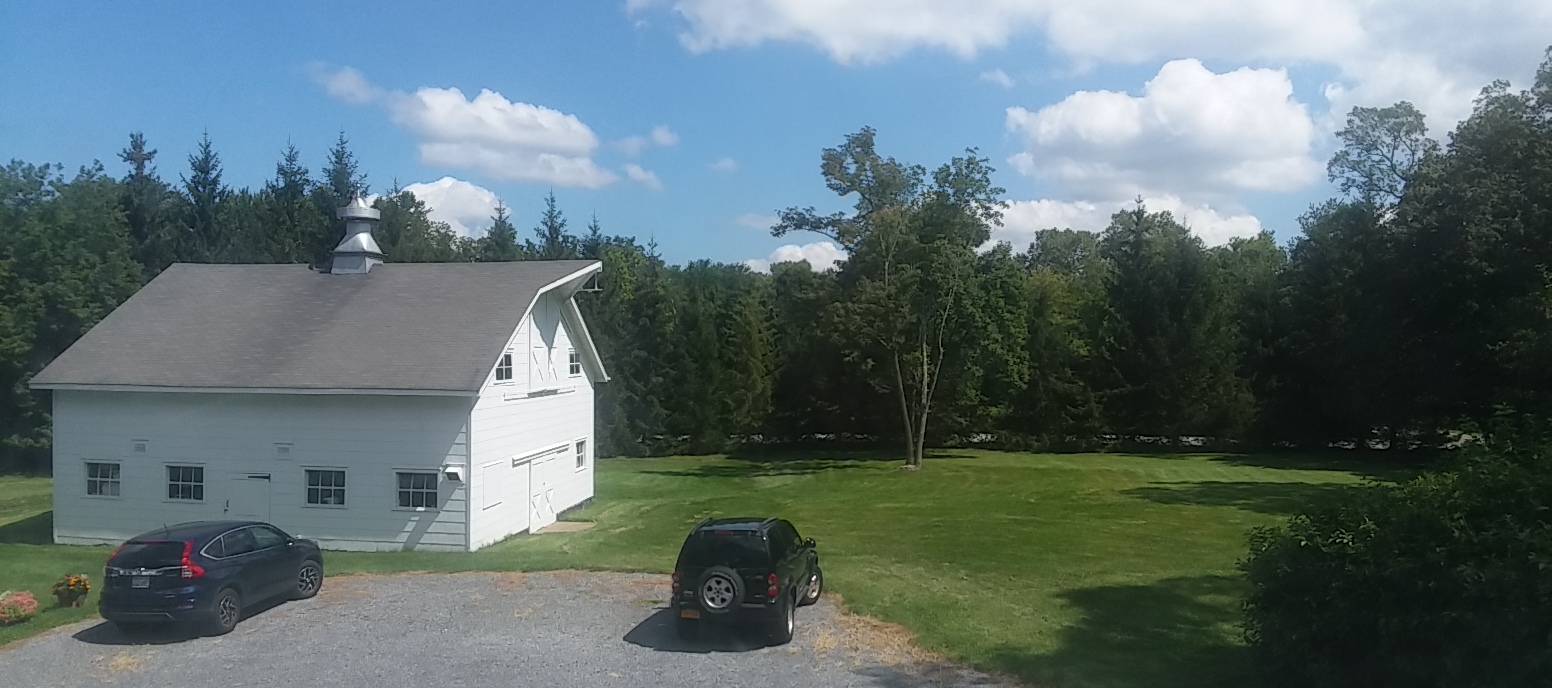I walked into the Diagnostic Imaging Center confident that I had all the necessary paperwork for the required test. I approached the counter and signed in, noticing three office workers on phones with another line ringing.
While on momentary hold, “Judy” took my paperwork and insurance card, scanned the card into the system and handed me documents to sign. We chatted as she multi-tasked, and I enjoyed her spunky sense of humor.
I don’t think you need authorization, she said, but I’ll ask. I know the rules changed on October 1st for this particular company. Judy consulted her co-workers as well as a manager who entered from the back offices just at that moment. Oh, yes, they all agreed. This company now requires an authorization.
She turned to me, confiding, it’s my third day here, so I had to ask. I didn’t think you needed one, but let’s see what we can do. Can you wait a bit, and I’ll contact Dave who handles our authorizations? If we’re delayed, you can take my appointment, as I have a sonogram scheduled right after you.
Judy returned to her call. I sat in the lobby with a large binder on my lap reading a script I was directing at a nearby school. Images of how to stage the opening scenes came to me, and I made notes to record the actors’ movements. Thirty minutes later, I was about to check in when I overheard Judy on the phone with Dave, talking in a low tone. Apparently, he hadn’t received the fax she’d forwarded of my imaging order, so the call hadn’t even been placed yet to my insurance company.
I waited a while longer, then walked over to let Judy know I needed to leave for work soon. She asked what I did and perked up when I told her I was directing a middle school musical. Her nephew had been part of an improv group in Chicago and recently relocated to Brooklyn. So I shared a tip on the best place to study in the city.
Judy suggested we reschedule and promised to call me later with an update. We booked another appointment and cheerfully parted ways.
The next day, I got a call from Judy. You’re never going to believe this, she said. The thought flashed across my mind that I’d been denied. You don’t need an authorization for this particular test. I laughed out loud. Of course not, I said. She’d been right in the first place, but deferred to “more experienced” colleagues. I asked how her sonogram had come out, and she filled me in. We were comrades now.
I hung up the phone knowing that life had arranged our meeting for a certain solidarity, a grace of being new at things, a connection with the theater, and a laugh. Everything in its right place for a moment more important than efficiency.


